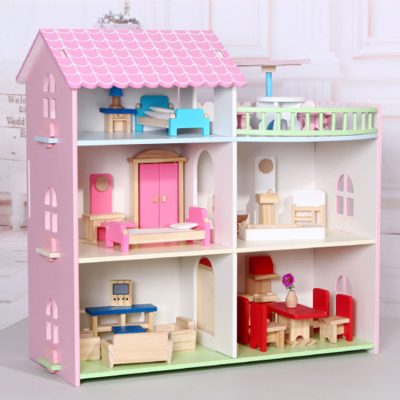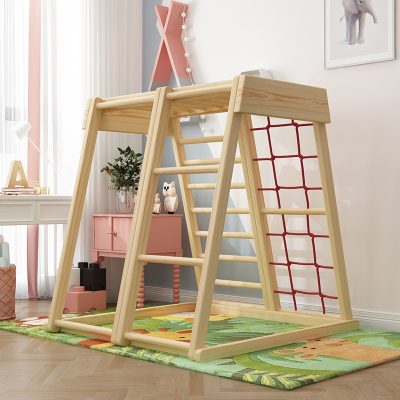Doll collecting is a fascinating and diverse hobby that involves acquiring and caring for dolls of various types, styles, and materials. Collectors are drawn to dolls for their historical, cultural, artistic, and sentimental value. Here are some key aspects of the art of doll collecting:
- Types of Dolls: Dolls come in many forms, including antique dolls, vintage dolls, modern dolls, and contemporary artist dolls. They can be made from materials such as porcelain, bisque, cloth, wood, plastic, and even wax.
- Historical Significance: Antique and vintage dolls often hold historical significance, reflecting the fashions, craftsmanship, and cultural trends of their respective eras. Collectors may focus on specific time periods or styles.
- Cultural Diversity: Dolls are found in cultures worldwide, and collecting them can be a way to explore different cultural traditions and artistry. For example, you might collect traditional Japanese kokeshi dolls, Native American kachina dolls, or Russian matryoshka nesting dolls.
- Artistry and Craftsmanship: Some doll collectors are particularly interested in the artistry and craftsmanship involved in doll making. Artist dolls are often highly detailed and may be considered works of art in their own right.
- Materials and Construction: Understanding the materials used in doll making and their care requirements is essential for collectors. For example, porcelain and bisque dolls are delicate and can be prone to chipping, while cloth dolls are more forgiving.
- Condition and Rarity: Like any collectible, the condition of a doll significantly impacts its value. Collectors may seek out rare and limited-edition dolls, as well as those in pristine condition.
- Authentication and Appraisal: Authenticating dolls and determining their value can be a complex process. Many collectors seek the expertise of appraisers and join collector communities to gain knowledge and share information.
- Display and Preservation: Dolls are often displayed in collections, and collectors may invest in specialized display cabinets or shelves to showcase their dolls. Proper storage and preservation techniques are essential to maintain a doll’s condition.
- Community and Networking: Doll collecting communities exist both online and offline. Collectors often attend conventions, trade shows, and clubs to connect with others who share their passion and learn from experienced collectors.
- Emotional Connection: For many collectors, there is an emotional connection to dolls, whether it’s nostalgia for childhood toys, an appreciation for art, or a fascination with history. This emotional aspect often adds depth and personal meaning to the hobby.
- Ethical Considerations: Some collectors are mindful of the ethical aspects of doll collecting, such as the sourcing of materials, the cultural appropriation of certain dolls, and issues related to authenticity and reproduction.
- Budget and Investment: Doll collecting can range from an affordable hobby to a high-end investment. Collectors should set a budget and decide whether they collect for personal enjoyment, investment potential, or a combination of both.
Remember that doll collecting is a deeply personal and subjective hobby. The type of dolls you collect and the reasons behind your collection can vary widely. Whether you collect for historical value, artistic appreciation, or simply because you find dolls fascinating, the art of doll collecting allows you to explore the world through the eyes of these miniature figures and connect with others who share your passion.

















